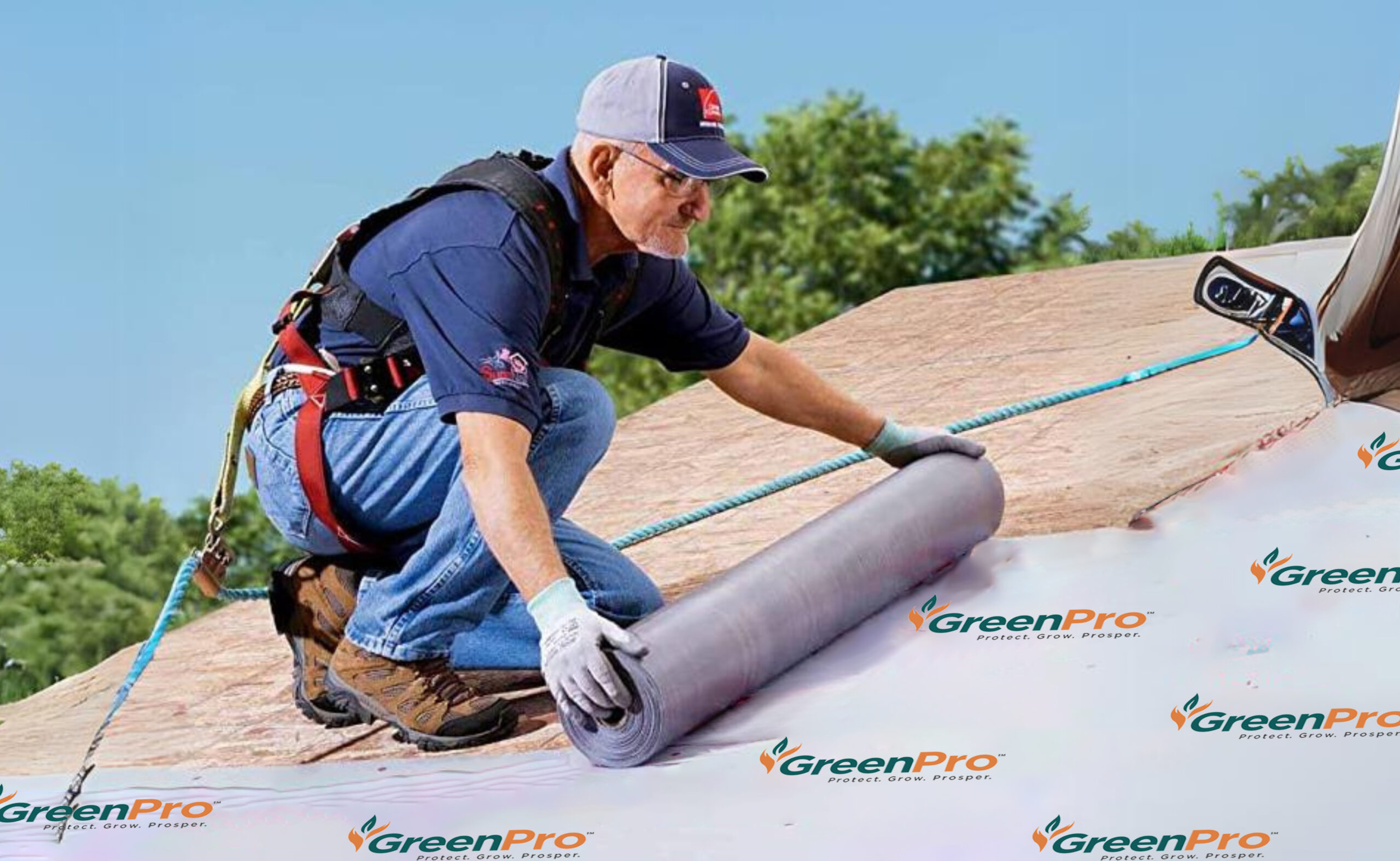A Quick Buyer’s Guide for Picking the Right Roofing Underlayment

Prior to installing the top layer of the roof, such as shingles or tiles, underlayment serves as a barrier. It adds an additional layer of security and is attached to the roof decking, typically using adhesives. In spite of the fact that shingles and other top-layer components are effective at shielding the roof from some factors, they often struggle to stop issues with seepage of moisture or heat accumulation.
The Importance of Roof Underlayment
The plywood deck is covered with roofing underlayment shortly before you install your shingles. Its function is to provide your roof with an additional layer of weather protection from snow, ice, and rain. You run the danger of water seeping into the roof deck and creating significant problems including leaks, damage, mold, and mildew without underlayment.
Underlayment provides an additional layer of insulating, seals off flashing, improves the level of the surface on which roofers place your shingles, and even serves as a protective barrier.
Felt underlayment and synthetic underlayment are the two main varieties of roofing underlayment.
Why do You Need to Be Careful When Picking the Perfect Roofing Underlayment
The cost difference between felt and synthetic underlayment is by far the greatest argument in favor of felt underlayment. It is also water resistant and simple for a contractor to get, being widely accessible at most roofing supply stores.
However, felt underlayment has drawbacks. It is more prone to ripping during assembly and isn’t as resilient as synthetic. Due to its absorbability, it can curl and absorb water, which complicates shingle placement. On the other hand, if the felt gets exposed to heat or sunlight, it may dry up and lose its effectiveness as an underlayment. To prevent harm to the underlayment material, it gets advised that shingles get installed very away after the felt has been set.
The felt is more difficult to work with because of its weight and thickness, which creates problems when roofers have to haul it up a ladder. There may be more seams when it gets placed because of the weight and the smaller rolls of material.
The felt underlayment provides lesser weatherproofing and water protection to the deck underneath if shingles are lost.
If you have a tight budget and can ensure that the shingles will get installed right after the stuff is laid down on the roof deck, felt underlayment could be a decent option.
Why Choose GreenPro Ventures?
GreenPro Ventures is a top producer of synthetic roof underlayment, offering consumers high-quality underlayment materials that perfectly fulfill their intended uses while adhering to all established requirements.
At GreenPro Ventures, we are aware that roofing underlayment adds an additional layer of protection to the roof that shingles alone cannot.
When building steep-slope roofs, we normally put the underlayment in between the roof deck and the roof coating. The non-woven polymers, binding films, woven polypropylene, and an anti-skid coating are the four layers that make up our synthetic roofing underlayment textiles. You can contact us for business inquiries or learn more about the product.
